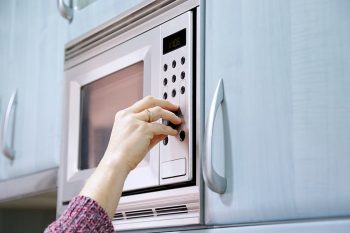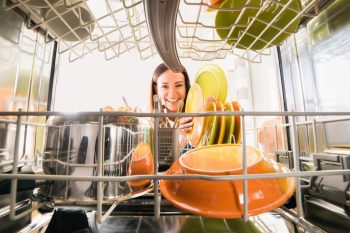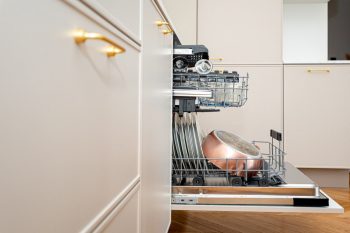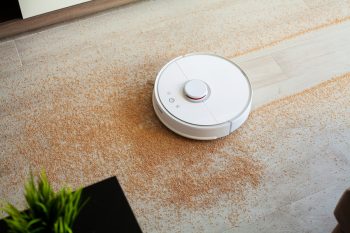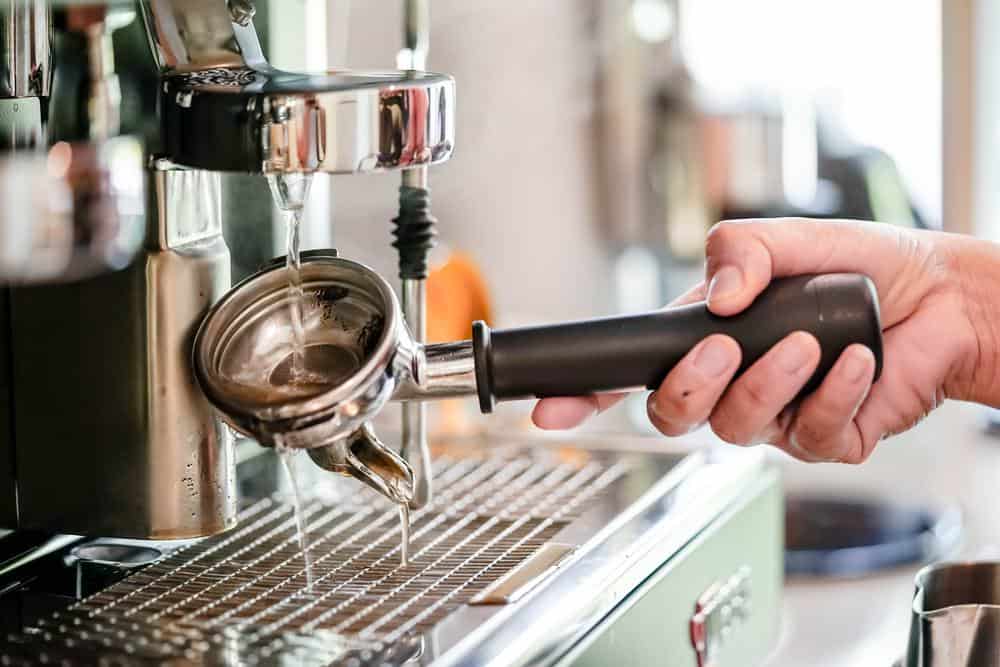
Flow control is a critical feature in espresso machines that allows for a more precise and varied coffee brewing experience. This comprehensive guide will provide you with an in-depth understanding of the flow control feature, how it works, and how to use it effectively.
Using flow control on an espresso machine involves understanding the concept of controlling the water flow rate during pre-infusion and extraction. First, ensure your machine is equipped with a flow control device. Grind your coffee and prepare your espresso machine. Start the pre-infusion process by slowly opening the flow control valve or adjusting the flow control knob. Monitor the flow rate and pressure gauge during extraction and adjust as needed. Finally, experiment with different flow rates and extraction times to achieve your desired flavor profile.
Understanding Flow Control in Espresso Machines
Flow control on an espresso machine is a feature that allows the user to adjust the flow rate of water during the pre-infusion and extraction process as water passes through the coffee puck. This feature is crucial because it enables you to bring out all the nuances of the coffee, resulting in a more even extraction and a better flavor profile.
The Importance of Flow Control
Traditional espresso machines deliver water at a consistent flow rate and pressure throughout the brewing process, which can lead to suboptimal flavor profiles due to too fast or too slow extraction. Flow control devices, such as adjustable valves, enable users to manually adjust the flow rate and pressure at different stages of the brewing process, allowing them to customize the extraction to the specific coffee being used.
Flow control is particularly useful for pulling shots from hard-to-extract light roasts, which can underextract and taste sour when brewed using a machine’s stock pre-infusion and flow rate. By slowing the pre-infusion and adjusting the flow rate, users can grind ultra-fine without choking the machine, resulting in better extraction and improved flavor.
How Does Flow Control Work?
The flow control system in an espresso machine allows the user to control the flow rate of water during the pre-infusion and extraction process as it passes through the coffee puck.
Flow profiling is a technique that controls the flow rate rather than the pressure during the extraction process. In flow-profiling espresso machines, the flow rate is controlled by the system, and the brew pressure will continually vary depending on the resistance the coffee puck presents.
Flow control systems can be added to espresso machines as a separate device or come built-in with the machine. These systems can be manually adjusted by the user to customize the extraction process based on the specific coffee being used, resulting in a more even extraction and a better flavor profile.
Steps to Using Flow Control Effectively
- Understand the concept of flow control: Flow control is about controlling the flow rate of water during pre-infusion and extraction as water passes through the coffee puck. By controlling the flow rate, you can bring out all the nuances of your coffee.
- Prepare your espresso machine: Ensure your espresso machine is equipped with a flow control device, such as an adjustable valve between the machine’s boiler and the coffee puck. Some machines come with built-in flow control, while others may require retrofitting.
- Grind and dose your coffee: Grind your coffee beans to the desired consistency and dose the right amount of coffee grounds into your portafilter. Tamp the coffee grounds evenly to create a consistent puck.
- Pre-infusion: Start the pre-infusion process by slowly opening the flow control valve or adjusting the flow control knob. This will allow water to gently saturate the coffee grounds, helping to ensure a more even extraction.
- Adjust the flow rate during extraction: As the extraction begins, monitor the flow rate and pressure gauge on your espresso machine. Use the flow control knob or valve to increase or decrease the flow rate of water as needed. This will help you achieve the desired flavor profile and extraction time for your specific coffee.
- Experiment and refine: Flow control allows you to customize the extraction process to suit different coffee beans and desired flavor profiles. Experiment with different flow rates and extraction times to find the perfect balance for your coffee.
Impact of Flow Control on Espresso Taste and Quality
Flow control can significantly affect the taste and quality of espresso. By allowing you to customize the extraction process, you can bring out the best flavors and aromas in your coffee. However, it may also add complexity to the brewing process, requiring more skill and attention to detail to achieve consistent results.
Maintenance and Flow Control Efficiency
Proper maintenance and regular cleaning of your espresso machine can greatly impact the efficiency of flow control. A well-maintained flow control system can reduce operational costs, extend service life, and boost profitability.
In conclusion, mastering flow control can enhance your overall coffee brewing experience. By allowing for more precise control over the extraction process, you can achieve a more balanced and flavorful cup of coffee. However, this feature requires practice and experimentation. As you become more familiar with your espresso machine and the flow control feature, you’ll be able to fine-tune your extraction process to achieve the best possible results for your coffee.
Frequently Asked Questions
What is pre-infusion in the context of espresso making?
Pre-infusion is the process of gently wetting the coffee grounds with hot water before the full pressure extraction begins. This helps ensure a more even extraction by fully saturating the grounds, reducing the chance of channeling, where water finds an easy path through the coffee puck and over-extracts a small amount of coffee while under-extracting the rest.
Can any espresso machine be fitted with a flow control device?
Not all espresso machines can be retrofitted with a flow control device. Some machines, especially those with a heat exchanger or double boiler system, are more likely to be compatible with flow control devices. However, it’s best to consult with the manufacturer or a qualified technician before attempting to add a flow control device to your machine.
What is the ideal flow rate for espresso extraction?
The ideal flow rate can vary depending on the specific coffee being used, the grind size, and the desired flavor profile. However, a general guideline is to aim for a flow rate that results in a 25-30 second extraction time for a double shot of espresso (roughly 60ml).
Does flow control affect the crema of the espresso?
Yes, flow control can impact the crema of the espresso. A slower flow rate can often produce a thicker, more velvety crema, while a faster flow rate might result in a thinner crema. However, the quality and freshness of the coffee and the skill of the barista also play a significant role in crema production.
Does flow control have an impact on the caffeine content of the espresso?
Flow control can slightly affect the caffeine content of the espresso. A slower flow rate can result in a slightly higher caffeine extraction, as the water has more time to extract the caffeine from the coffee grounds. However, the difference is usually minimal and unlikely to significantly impact the overall caffeine content.


